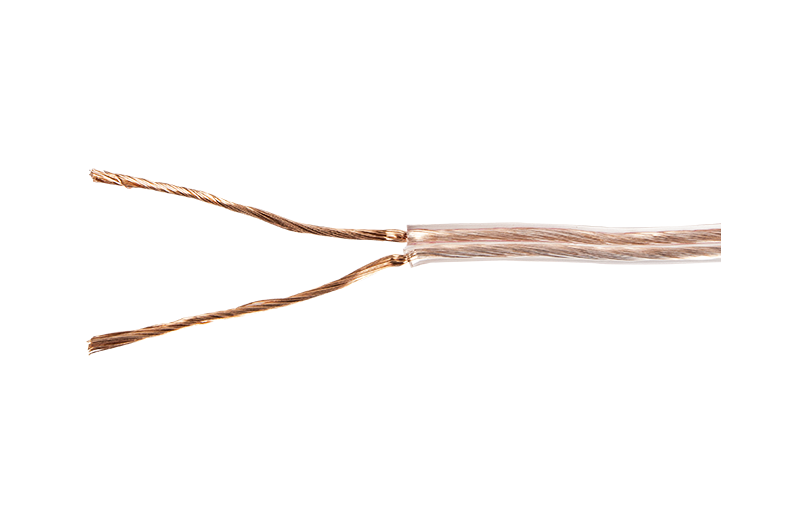Summary:When selecting a custom low-voltage speaker cable, one of the most critical factors to consider is its maximum current capacity. This aspect directly
When selecting a custom low-voltage speaker cable, one of the most critical factors to consider is its maximum current capacity. This aspect directly influences the performance, safety, and longevity of your audio system, ensuring it can handle the required power without risk of overheating or signal degradation. But what exactly does "maximum current capacity" mean, and how does it affect the cable's use in various applications?
At its core, the maximum current capacity refers to the amount of electrical current the cable can safely carry without overheating or suffering from power losses. This capacity is determined by the thickness of the conductor, the type of material used (typically copper or aluminum), and the quality of the insulation. The greater the current a cable can handle, the more power it can transmit, which is crucial for high-performance audio systems. For instance, if you plan to use your speaker cables in a large auditorium or with high-output speakers, the cable must be capable of handling more current to prevent audio distortion or, in the worst case, cable failure.
A key factor to consider when assessing the current capacity is the cable's gauge. Thicker cables (lower gauge numbers) typically have a higher current capacity due to their larger cross-sectional area, allowing more current to flow through them. However, these cables are also more rigid and can be more difficult to work with in tight spaces. Lighter gauge cables, on the other hand, are more flexible and easier to manage but have a lower current capacity. This balance between flexibility and power handling is something that must be carefully matched to the needs of your system.

Another essential consideration is the cable's insulation material. High-quality, durable insulation prevents the cable from shorting or overheating, especially under high current loads. Cables made from materials like PVC, Teflon, or XLPE offer strong protection, but their effectiveness can vary depending on the specific requirements of your environment. In industrial or outdoor applications, for example, you may need cables with added shielding to protect against environmental factors such as moisture, temperature extremes, or mechanical wear.
In addition to these technical specifications, it’s important to consider how the speaker cable will be used. Will it be part of a high-power home theater system or a professional PA setup? In both cases, the cable's current capacity will need to match the power output of the amplifier and the speakers it is connected to. For most home use, cables with a current capacity between 10-20 amps are sufficient, but for commercial audio systems or high-fidelity setups, you may need cables capable of handling 30 amps or more to ensure clear and uninterrupted sound transmission.
Understanding the maximum current capacity is vital not just for performance but also for safety. Overloading a cable can lead to overheating, which in turn can cause insulation to break down, posing a fire hazard. By selecting the correct cable for your system, you ensure that your speakers perform optimally without compromising safety. Whether you’re running long cables across a large venue or installing a system in a controlled environment, knowing the maximum current capacity of your custom low-voltage speaker cables helps you make an informed choice that will keep your audio equipment running smoothly and reliably for years to come.
